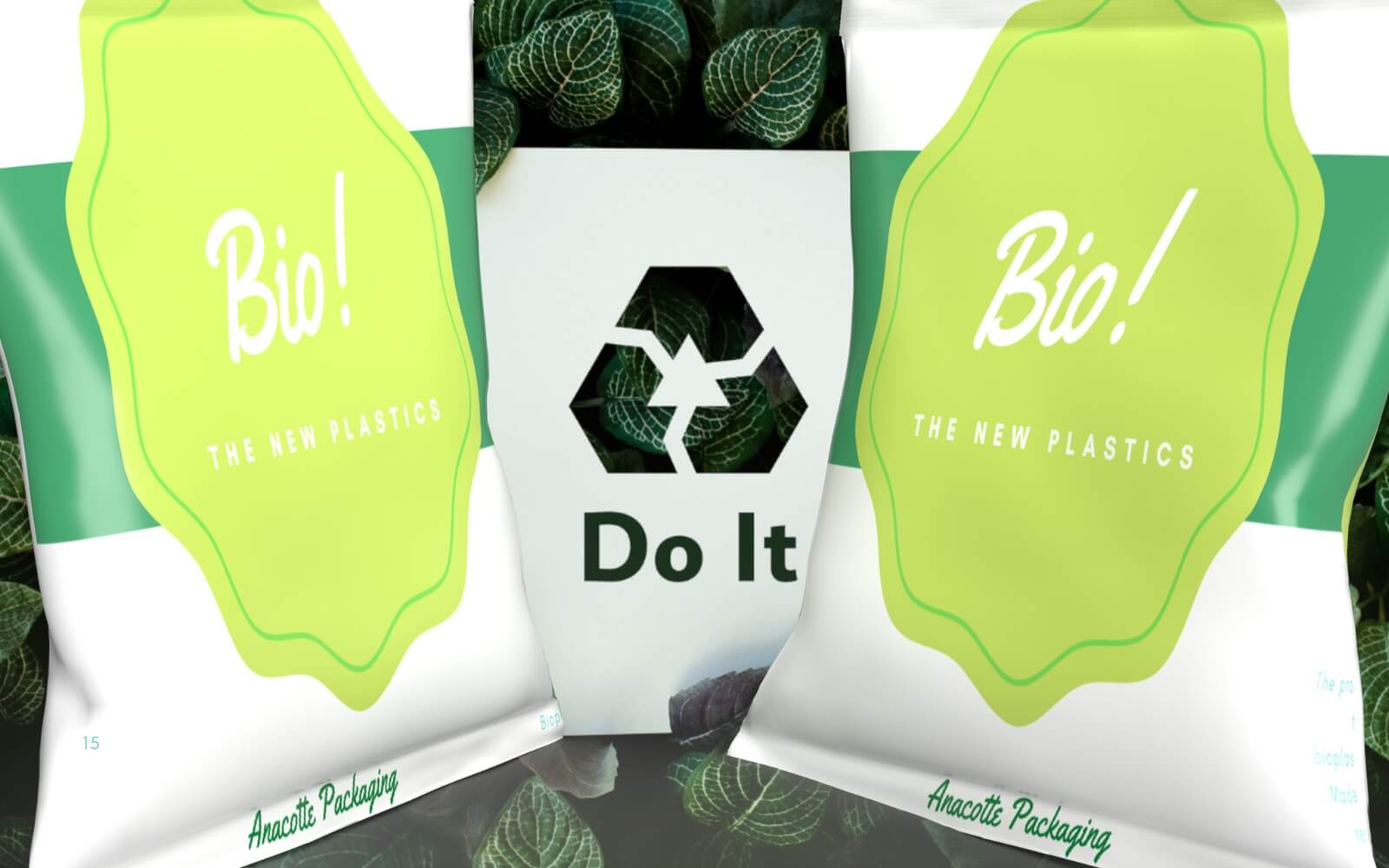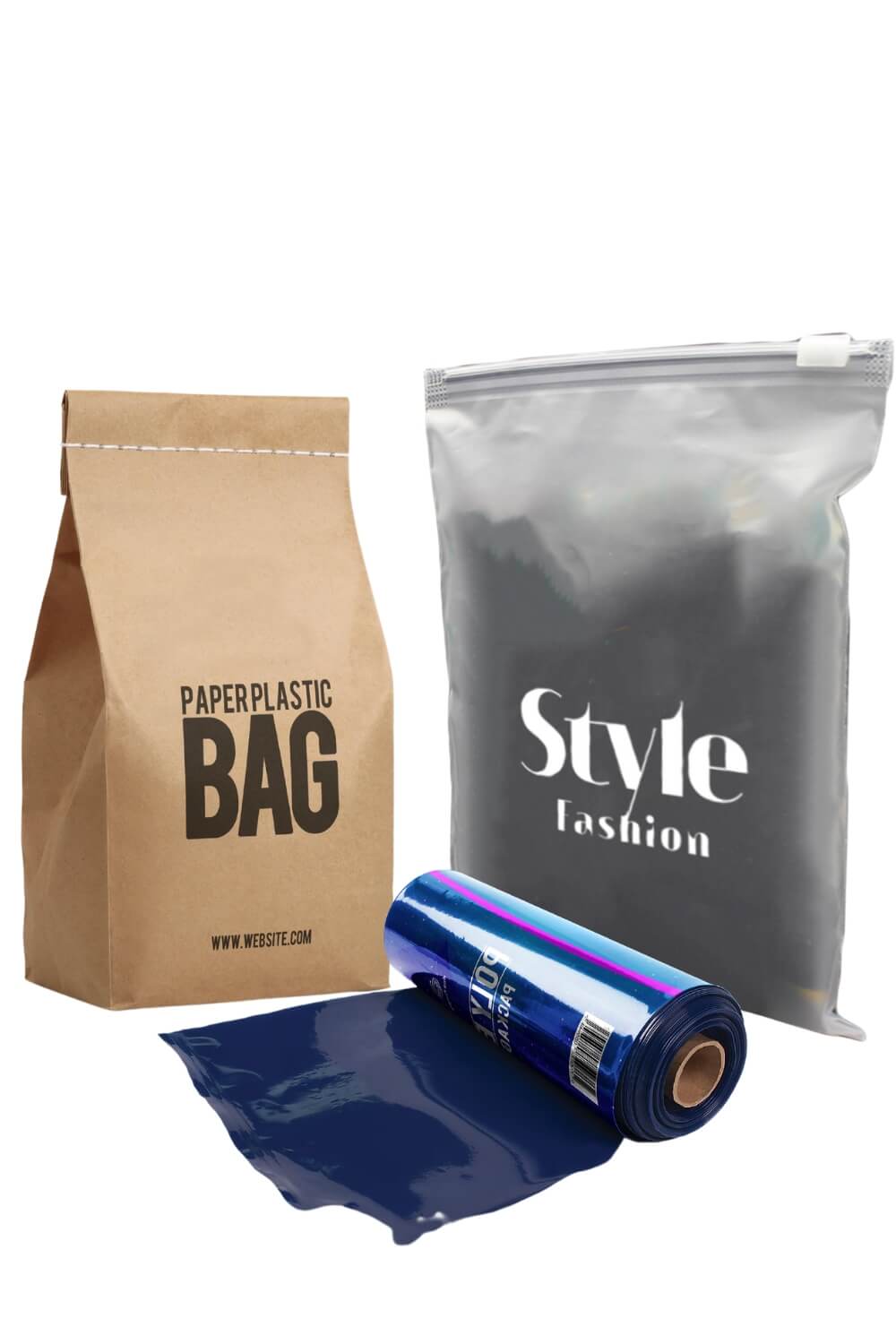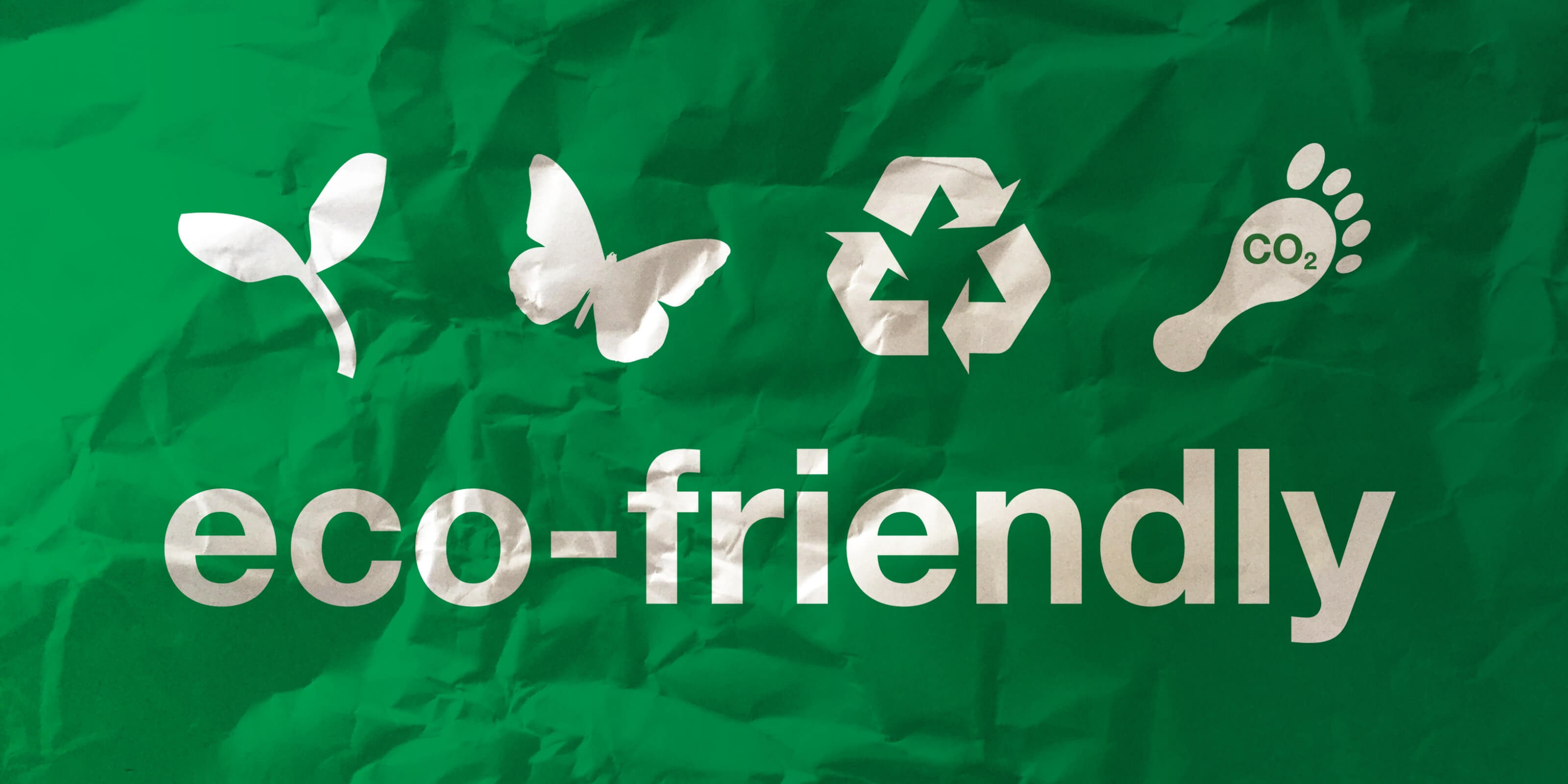Subheading
Bioplastics
Bioplastics is how we improve the sustainability of plastics that derive from renewable biomass sources, such as vegetable oil, corn starch, or microbial sources. These plastics can be categorized into plant-based, biodegradable, oxo-degradable, and bio-based. Bioplastics is how the future of plastics being an alternative to traditional plastics, which can take hundreds of years to decompose.

100%
Compostable
100%
Recycleable
100%
Biodegradable
Our Solution
Compostable plastics
These are plastics that can be broken down by microorganisms into compost within a defined period of time.
Oxo-degradable plastics
These are plastics that contain additives that cause them to break down into smaller fragments when exposed to light and oxygen.
Biodegradable plastics
These are plastics that can be broken down by living organisms into natural, environmentally-friendly products.
Biobased plastics
These are plastics that are made from renewable biomass sources, such as corn starch or sugarcane.
Bioplastics FAQ
What are bioplastics?
Bioplastics in short, are plastics that are produced from renewable resources such as corn, sugarcane, potato, or other plant-based materials. These materials are used to create a variety of plastic products that are similar in appearance and function to traditional plastics.
What are some of the bioplastics examples?
These are the most common bioplastics that we utilize:
- Polylactic acid (PLA): This bioplastic is made from corn starch or sugarcane and is commonly used to create disposable cutlery, packaging materials, and other products.
- Polyhydroxyalkanoate (PHA): This bioplastic is produced by microorganisms and is biodegradable. It can be used to create a variety of products, including packaging materials and food containers.
- Bio-based Polypropylene(PP), Polyethylene (PE), and Polyethylene terephthalate(PET): This type of bioplastic is produced from renewable resources and can be fully composted.
- Polybutylene succinate (PBS): This bioplastic is made from renewable resources such as corn or sugarcane and is used to create products such as packaging materials and disposable cutlery.
- Starch-based plastics: These bioplastics are made from corn, potato, or other plant-based materials and are used to create products such as disposable cups and plates.
- Cellulose-based plastics: These bioplastics are made from plant cellulose and are used to create products such as food packaging and disposable cutlery.
Why are bioplastics not being widely adopted?
Cost: Bioplastics are often more expensive to produce than traditional plastics, which makes them less cost-effective for many manufacturers. Additionally, bioplastics may not have the same physical properties as traditional plastics, which can limit their use in certain applications.
Lack of infrastructure: Another challenge is that there is a lack of infrastructure for collecting and processing bioplastics, which makes it difficult for them to be recycled. This means that bioplastics may sometimes require extra recycle steps if the infrastructure is not available.
Are bioplastics eco friendly?
Most bioplastics are made from natural materials and do not contain potentially harmful additives such as phthalates and bisphenol A (BPA).
It is worth noting that even if bioplastics itself is eco-friendly and safe. Like paper, the production of bioplastics can require large amounts of energy and water. However, unlike woods, bioplastics does not require deforestration and release way much less carbon dioxide and green house gases during production stage. Additionally, bioplastics may not always be biodegradable in practice, depending on the specific conditions in which they are disposed of (e.g., the presence of oxygen, moisture, and microorganisms).
Bioplastics packaging vs paper packaging?
Here are the key comparisons between bioplastics and paper:
Materials: Bioplastics are made from renewable resources such as corn starch or potato starch, while paper is made from wood pulp.
Environmental impact: Paper production and processing releases more carbon dioxide and green house gas than plastics. Though paper itself is naturally recyclable and compostable, the advancement of plastics technology is now leading towards biodegradable and compostable solution as an alternative to the production of paper products that require deforestation. However, it is possible to produce wood pulp in a way that is more sustainable and does not contribute to deforestation. Anacotte Packaging uses wood pulp from sustainably managed forests, where trees are harvested in a way that allows for reforestation and the maintenance of biodiversity. Anacotte Packaging also has alternative raw materials, such as recycled paper or agricultural residues, to make wood pulp.
According to various life cycle assessments, conventional plastic bags may actually be more environmentally friendly than paper bags. This is because paper bags have a greater mass and can weigh up to seven times more than plastic bags, leading to a corresponding increase in greenhouse gas emissions during the recycling process. Ultimately, the key to reducing the environmental impact of any type of bag is to reuse it as much as possible.
Durability: Bioplastics are generally more durable and resistant to moisture and heat than paper. Paper is more prone to tearing and damage, and is not as suitable for packaging products that require protection from moisture or heat.
Recycling: Both bioplastics and paper can be recycled, but paper is easier to recycle and has a higher recycling rate compared to bioplastics.
Cost: The cost of bioplastics will be definitely higher than traditional plastics. However, paper is relatively more expensive than bioplastics and traditional plastics.
Does bioplastics have the same performance as typical plastics?
It's worth noting that bioplastics are still a relatively new and developing field, and as such, there is ongoing research and development to improve their performance and make them more widely applicable. In some cases, bioplastics may not yet be able to match the performance of traditional plastics in certain applications, but this could change as the technology advances.



